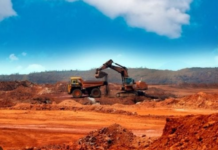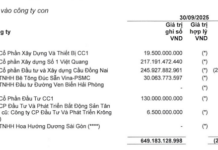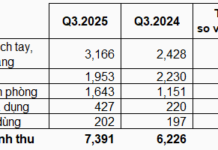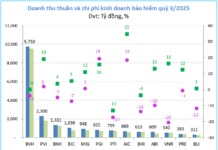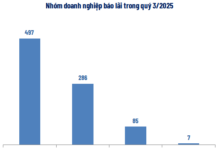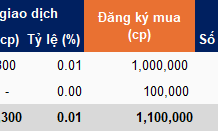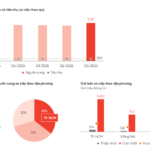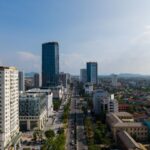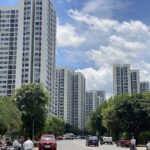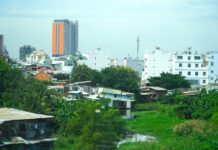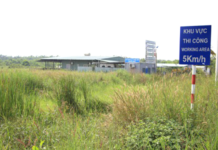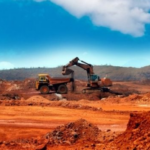Positive Market Shifts
According to the Q3/2025 real estate market report by Dat Xanh Services – FERI (Institute of Economic, Financial, and Real Estate Research), the primary supply increased by 20% compared to the previous quarter, primarily due to the addition of inventory from previously launched projects. Conversely, the absorption rate decreased to approximately 30-35%.
Mr. Trần Quốc Thịnh, CEO of Dat Xanh Services, noted that the dominant trend in the past quarter was price increases across most product types and market regions. Specifically, apartment prices rose in all areas nationwide. The Southern and Northern regions saw the highest increases, up to 5-7% compared to the previous quarter. The Central region followed with a 2-3% increase, while apartment prices in the Western region remained stable.

The real estate market is witnessing a recovery in both quantity and quality.
For townhouses, villas, shophouses, and land plots, except for the Western region where prices remained stable year-over-year, other regions experienced increases of 2-5%. This was particularly notable after developers introduced new inventory and applied flexible payment policies, such as extended payments for delayed construction projects or 1%/month payment plans.
Experts from Dat Xanh Services – FERI attribute these positive shifts to the government’s robust efforts to resolve legal bottlenecks. As of July 2025, a total of 136 real estate projects nationwide have had their legal issues addressed. Notably, Ho Chi Minh City alone saw 86 projects cleared.
Government support has accelerated land clearance, planning adjustments, and financial obligation determinations for major projects like Làng Vân Complex (Da Nang), Aqua City (Dong Nai), NovaWorld (Lam Dong), and New City Thu Thiem (HCMC).
“Authorities are working to standardize laws, shifting from case-by-case resolutions to a comprehensive approach. This is crucial not only for increasing future real estate supply but also for strengthening market confidence,” said Mr. Thịnh.
Meanwhile, Ms. Trịnh Thị Kim Liên, Director of Business Development at Dat Xanh Services, affirmed that the real estate market is recovering in both quantity and quality, as developers resume investment and business activities.
As of September 2025, the number of new and reactivated real estate businesses increased by 96% year-over-year, with 1,699 additional units established. Registered capital for real estate businesses also rose by over 61%, reaching approximately 335 trillion VND, reflecting renewed confidence in the sector’s recovery.
“The widespread launch of projects nationwide indicates that developers are fully engaged and ready to supply diverse inventory. Market vibrancy is further evidenced by increased partnerships, M&A activities, the return of foreign investors, and the emergence of new players enriching the supply,” said Ms. Liên.
Cautious Buyer Behavior
In Q3/2025, the real estate market saw improved confidence and openness from buyers. According to a Dat Xanh Services – FERI survey, real estate remains an attractive investment channel (28% of investment preferences), second only to gold (35%) and ahead of stocks (27%).
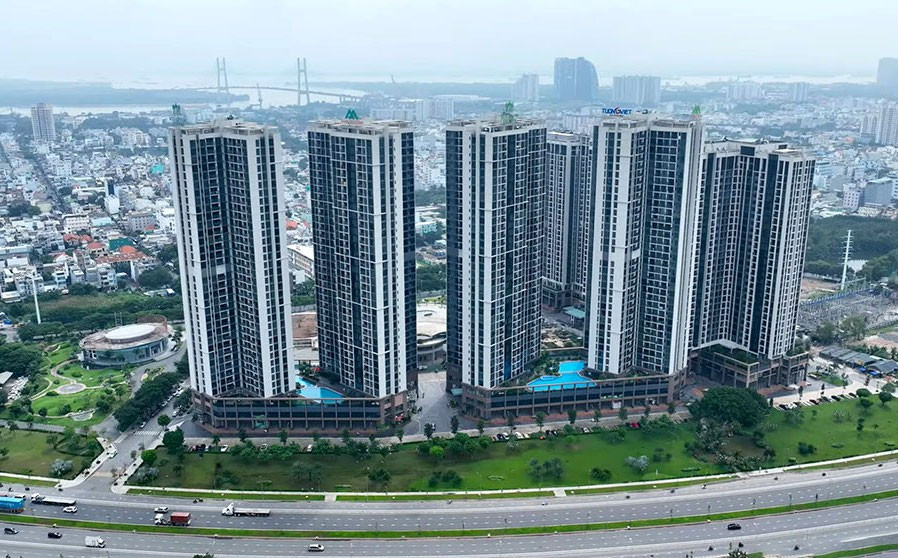
Buyers express concerns about project legality when purchasing apartments.
This confidence is bolstered by macroeconomic factors like low interest rates, enabling buyers to leverage bank financing. However, despite increased openness, buyers remain cautious in their decision-making.
“The top three factors buyers consider are location and connectivity, project legality, and developer reputation. This shows that in a market with numerous projects, buyers are more diligent in researching, prioritizing products that match their needs and financial capabilities. They also trust knowledgeable and reputable agents to ensure safe and effective transactions,” said Ms. Liên.
When asked about their primary concerns when buying real estate, most respondents cited project legality, construction delays, and liquidity. Price fluctuations and rental potential were less concerning. Thus, projects with completed infrastructure, clear legal status, and assured progress are likely to attract more buyer interest, improving sales performance.
Unveiling the Flaws in Vietnam’s Social Housing Development: Insights from a Former National Assembly Delegate
Affordable housing plays a pivotal role in addressing the settlement needs of low-income individuals. However, its development is currently fraught with significant challenges.
Prime Minister: Social Housing Should Not Be in Remote or Inconvenient Locations, Nor Limited to High-Rise Buildings
Prime Minister Pham Minh Chinh emphasized that social housing should not be limited to high-rise buildings but can also include low-rise structures. He stressed that these housing projects must not be located in remote, inaccessible areas or on marginal land, but rather in well-developed locations with adequate infrastructure.



